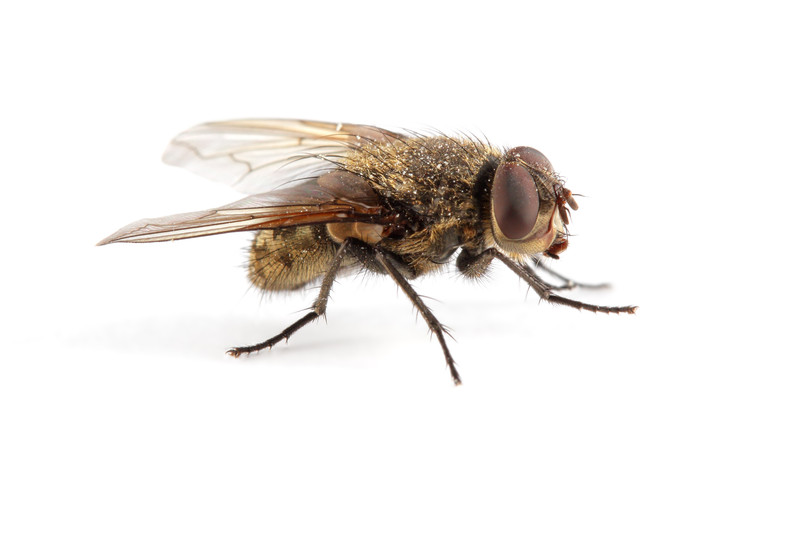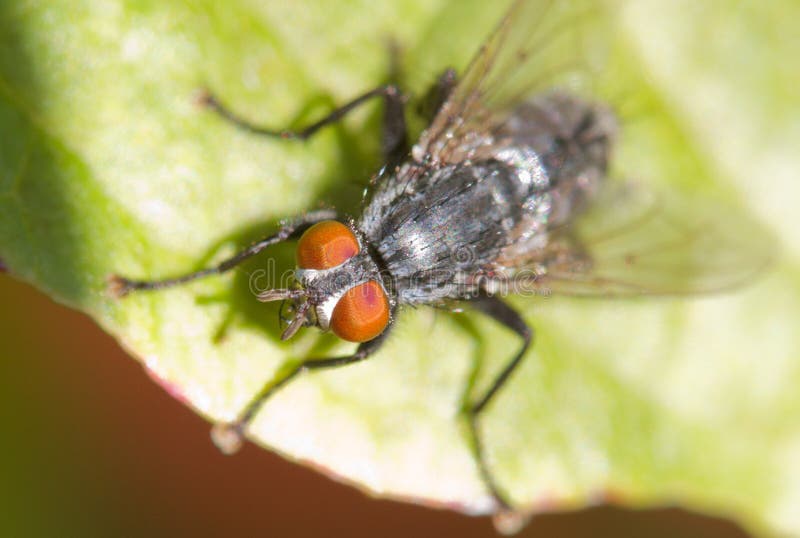Table Of Content

Furthermore, scientists have been able to map out most of the housefly’s genome – around 740 million base pairs long – which gives us an insight into their genetic diversity and adaptability. This knowledge could potentially help us better understand how they rapidly evolve resistance against pesticides and find ways to control them more effectively. Starting with size and appearance, houseflies are generally smaller than blowflies. Houseflies measure about 6-7 mm in length, while blowflies can reach up to 14 mm. The color also varies; houseflies have a gray thorax with four longitudinal dark lines on the back and a yellowish abdomen. Fruit flies are even smaller than houseflies at just 3 mm long and usually possess red eyes.
What Do House Flies Look Like?
The common housefly, known scientifically as Musca domestica, is a nonbiting fly. However, each one may carry more than 1 million bacteria that can transfer to food and surfaces. House flies are usually only active during the daytime when they will congregate indoors on floors, walls and ceilings. Outside, house flies opt for hanging around plants, fence wires, garbage cans and the ground. At night, house flies can usually be found resting 5 to 15 feet off the ground and close to sources of food. Positioning themselves in indoor corners and edges, they can survive cold winters by hibernating.
Get Rid Of House Flies And Maggots
Despite this negative image, understanding the life cycle of a housefly provides valuable insights into its behavior, ecological role, and impact on human health. It also sheds light on effective strategies for managing them as pests within our homes and communities. The housefly’s ability to reproduce rapidly also contributes to its widespread prevalence. A single female can lay up to 500 eggs in her lifetime, leading to exponential population growth under favorable conditions. Housefly, (Musca domestica), a common insect of the family Muscidae (order Diptera). About 90 percent of all flies occurring in human habitations are houseflies.

What are maggots?
Houseflies don’t have teeth; instead, they regurgitate digestive enzymes onto the food to dissolve it before sucking it up again. In doing so, they leave behind traces of whatever was in their gut – which could include various bacteria and pathogens from rotting organic matter they previously feasted on. Houseflies, despite their seemingly insignificant size and often irritating presence, play a vital role in the ecosystem. They are a crucial part of the food chain, serving as a primary source of nutrition for numerous organisms. Birds, spiders, frogs, and even other insects rely on houseflies for sustenance.
Additionally, pet waste must be cleaned up immediately in order to prevent the development of any house fly breeding sites. Finally, fine mesh screens should be applied to doors and windows in order to prevent house fly entry into the home. If window screens are already present, make sure there are no visible rips or tears. Within 24 hours, these eggs hatch into larvae, commonly referred to as maggots. This stage is characterized by rapid growth and feeding on organic material. Starting with the egg stage, these tiny white capsules are about 1.2 mm in length.
Fully intact housefly found inside Missouri man's intestines, doctors stunned - India Today
Fully intact housefly found inside Missouri man's intestines, doctors stunned.
Posted: Fri, 24 Nov 2023 08:00:00 GMT [source]
It then secretes digestive fluid to dissolve the insect’s soft insides. It breaks down the insect over 5 to 12 days, then spits out the exoskeleton. Mix it with water and spray around the house to deter flies from coming in. Flies will be attracted to the vinegar in the glass and will fly through the holes. However, the dish soap causes the flies to sink instead of being able to land on the vinegar.
The male housefly vibrates his wings to produce specific sounds or ‘songs’ that serve as serenades to woo his potential mate. This wing-flicking behavior is unique to each individual and can be likened to a personal love song. The pupa stage begins when the fully grown larva burrows itself into a cool and dry place, often in soil or rotting organic material.
After the larval stage, the maggot enters the pupal stage, where it undergoes metamorphosis. This is when they transform from worm-like creatures into adult flies within a protective case called a puparium. Have you ever wondered about the intricate details of a housefly’s life cycle, how they reproduce, or why they seem to be everywhere? Read on, and prepare to be fascinated by the complex world of these common yet often overlooked creatures. Although they do not bite, house flies can be detrimental to human health because they carry pathogens on their bodies and in their feces.
The house fly is often confused with the stable fly, Stomoxys calcitrans (Linnaeus), and the false stable fly, Muscina stabulans (Germar). Houseflies are one type of fly in the insect order Diptera, all of which have one set of wings. Use these tips to rid your home of houseflies and prevent them from coming back. Keeping the house and outside areas clean is important to treat and prevent issues that they may present. A person should check for flies sticking to the tape periodically. The number of flies that stick will indicate the size of the infestation.
House flies are attracted to decaying organic matter, and females lay batches of about 100 eggs on food waste, rotting meat, and feces. The hatched flies are legless and white, called maggots, and they develop into pupae, then adult flies. On average, adult flies live just two to four weeks but can reproduce rapidly. The adult housefly is dull gray with dirty-yellowish areas on the abdomen and longitudinal lines on the thorax.
Laid in clusters of 75 to 150 eggs at a time, they are often deposited on decaying organic matter such as garbage or feces, which serves as an immediate food source for the emerging larvae. Houseflies prefer warm and moist environments for laying their eggs, with rotting organic matter such as garbage or feces serving as the ideal breeding ground. The chosen spot provides not just a safe nesting place but also an abundant food source for the soon-to-be hatched larvae. Thus while houseflies do play an integral role in nutrient cycling and serving as a food source within an ecosystem; their potential as vectors for disease transmission cannot be overlooked.
The first step in the housefly’s mating ritual is mate selection. Male houseflies, which are generally smaller than females, initiate this process by seeking out potential female partners. They do this primarily through a sense of smell, utilizing specialized olfactory receptors on their antennae to detect specific pheromones released by sexually mature females. The larvae transform into reddish-brown pupae that resemble tiny barrels or capsules.












